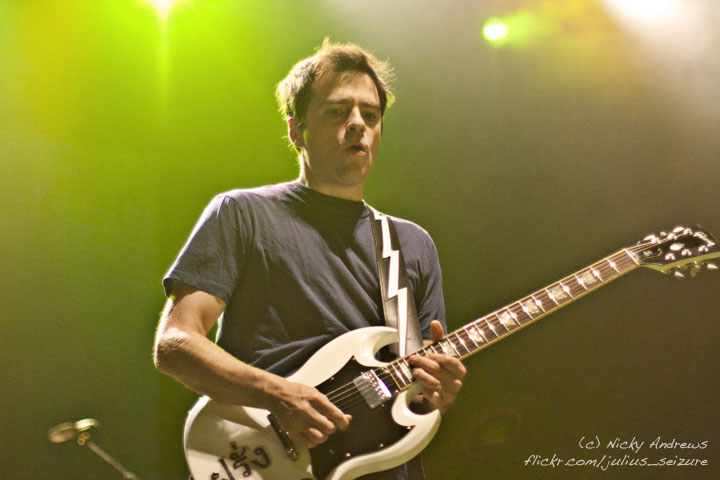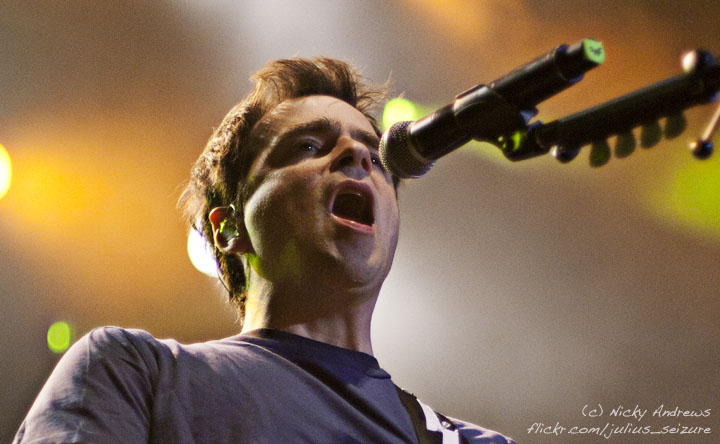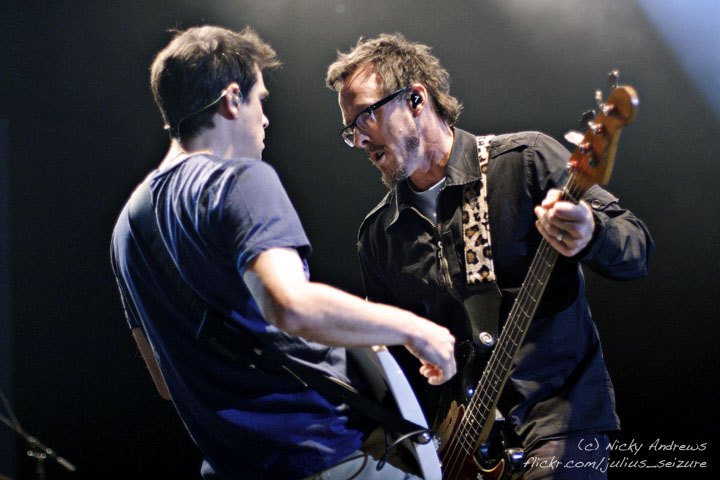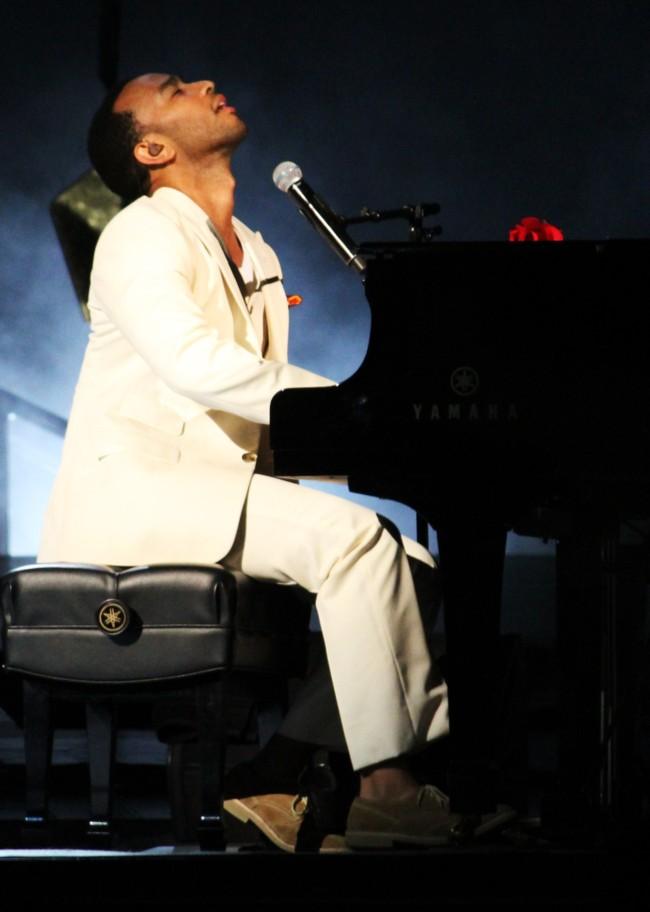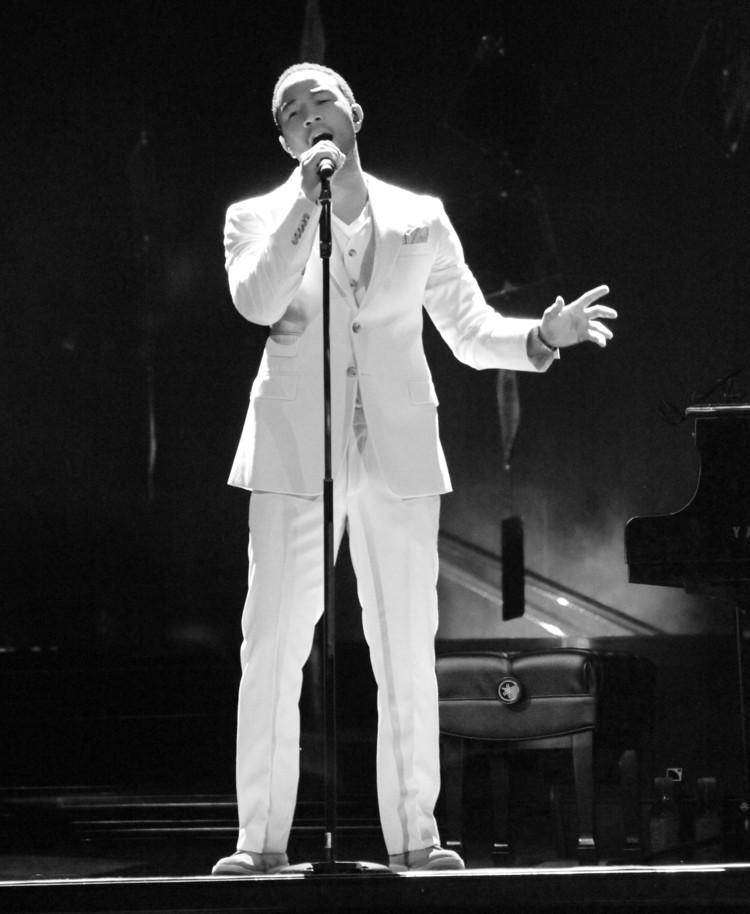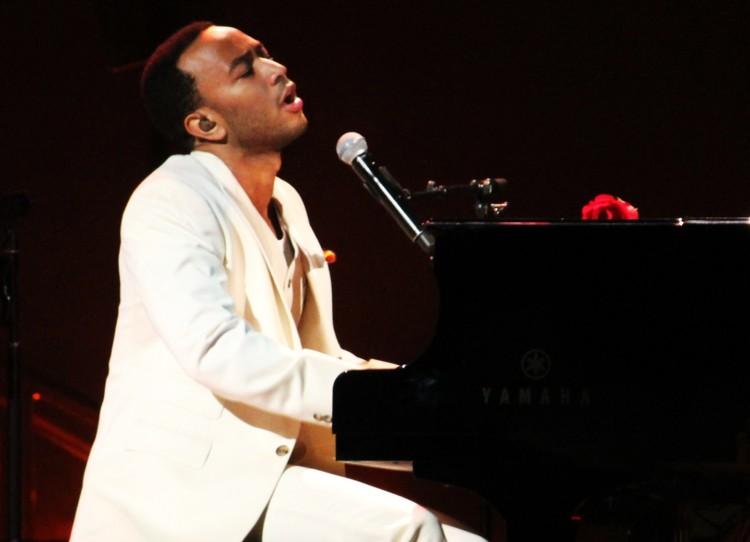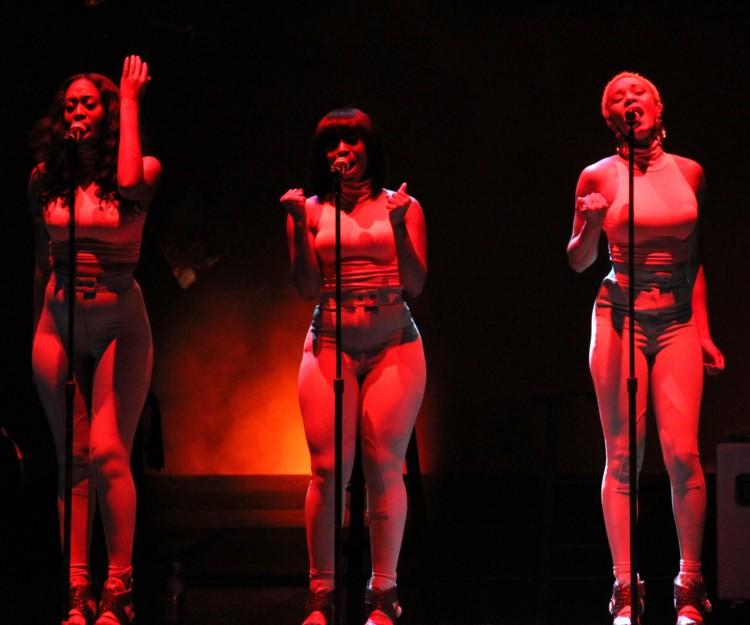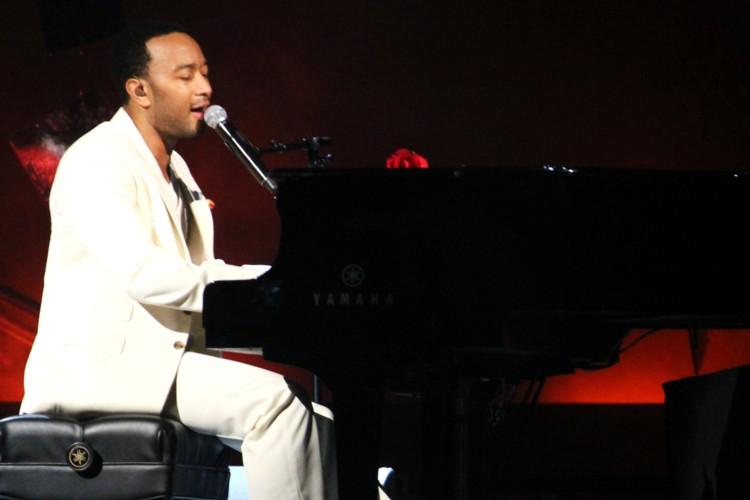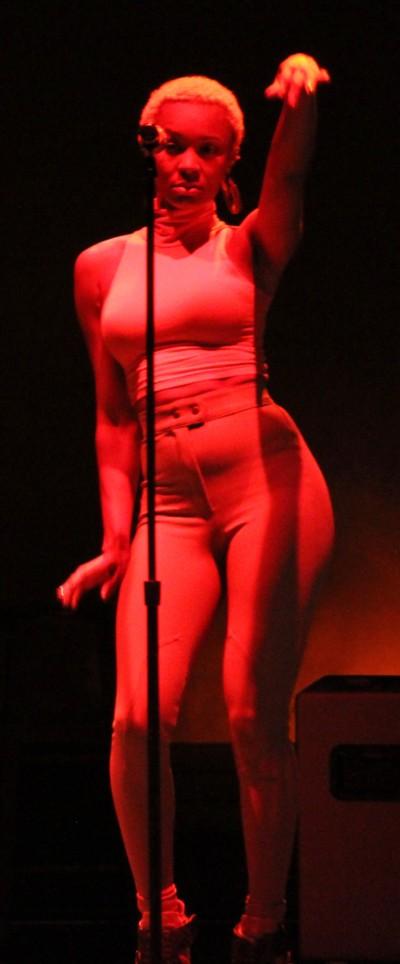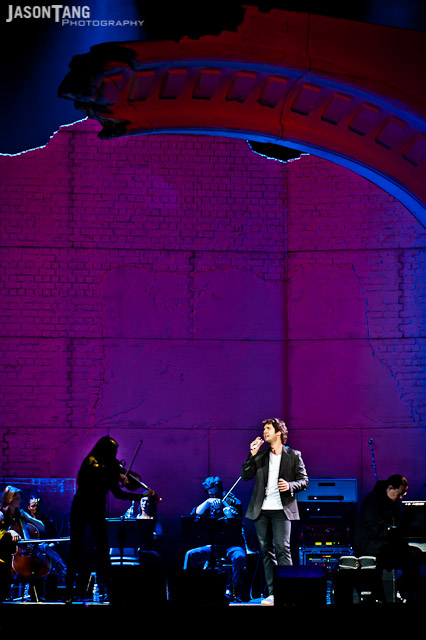The planets aligned, the meaning of life was revealed and, in the immortal words of comedian Bill Hicks, my third eye was squeegeed quite cleanly. That was just from the contact high. In all honesty, of the countless shows I have been to over the years I have never seen and smelled as many people light up as I did at the final 311 Unity Tour stop at Marymoor Park. With Sublime With Rome in tow the “smoke free” venue was bathed in the distinct smelling haze of marijuana cigarettes most of the evening. 311 has some of the best crowds of any band I know. The Sublime fans were pretty mellow as well.
The show, scheduled to start at 6, actually kicked off earlier. By the time I showed up, 6 on the dot, the opener Del Mar had already left the stage. Sublime With Rome took the stage and kicked off with “Wrong Way.” It took me a few songs to warm up to the fact that obviously Rome was not Bradley Nowell. I have to admit, he did a great job and in front of so many die-hard Sublime fans, there’s no way it was an easy task. The new songs, especially “Take It Or Leave It,” sounded great and versions of the old songs were at the very least listenable and enjoyable. The crowd sang along to old favorites “What I Got,” “Santeria,” “Badfish” and “Smoke Two Joints.” Some of the highlights included a psychedelic cover of the Grateful Dead’s “Scarlet Begonias,” the reggae beat of “Don’t Push” and the energetic, set closing “Date Rape.” This is Sublime: The Next Generation. Bottom line is: they were better than I thought they would be and think they’ll stand well on their own.


311 – photos by Matthew Lamb
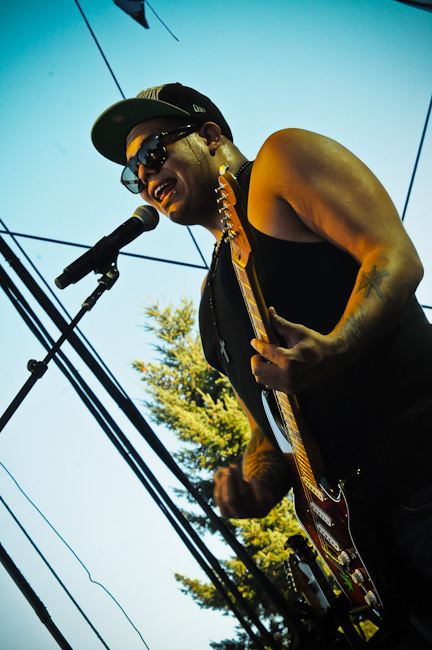

Sublime w/Rome – photos by Matthew Lamb
Continue reading →






